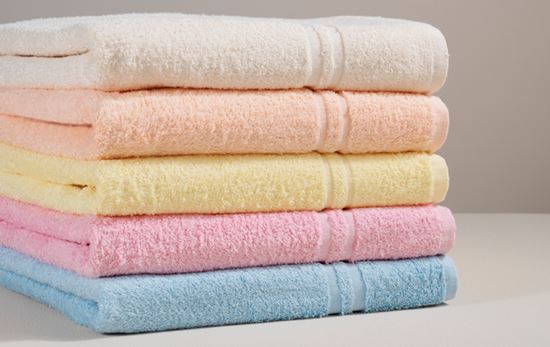Bathroom safety in nursing and care homes
It is estimated that 90% of nursing home residents need assistance with bathing.
The care home manager has a duty of care to both their staff and to the residents to ensure all areas within the home are safe to use. In a care environment the bathroom is a work environment and as such there are health and safety and infection control considerations which will need to be assessed through robust risk assessment.
1. Hazards in a bathroom
A risk assessment will help you identify the potential hazards within a bathroom and highlight any further controls needed to ensure it remains safe to all users. You will need to consider and risk assess:
· Available space
· Adequate lighting
· Temperature of water
· Potential for slip, trips, falls
· Infection control strategies
· Bathroom equipment
· Mould prevention
Space
There should be adequate space for the user to be comfortable when using the toilet, bath or shower. If a hoist is required there must be space to allow staff a sufficient area to work in and to ensure the safe use of the hoist.
Lighting
The lighting must be suitable and sufficient for the use of the bathroom, allowing both staff and residents to be able to see what they are doing properly.
Water temperature
The temperature of the water must be checked at regular intervals to eliminate the risk of burns to the residents and must not exceed 44°C and the correct mixing taps should be used, e.g. thermostatic mixing valves (TMVs).
Slip, trips, falls
The flooring should be suitable for the intended use of the bathroom ie anti-slip in wet environments.
Infection control strategy
A schedule of cleaning and bin emptying must be in place and monitored to prevent the spread of pathogenic microorganisms.
Bathroom Equipment
All equipment including bath lifts and hoists used within the bathroom are subject to LOLER regulations so need scheduled service checks.
Mould prevention
Good ventilation will help prevent the development of mould in the bathroom. Where possible, use natural ventilation but if you do open a window ensure that there are windows restrictors in place.
The bathroom is a relatively safe area but will still need to be risk assessed to ensure it remains safe for each individual resident. The care home manager should ensure that regular planned inspections are carried out to ensure the bathroom remains a low risk environment.
Useful links
http://www.cqc.org.uk/guidance-providers/regulations-enforcement/regulation-15-premises-equipment
http://www.nhs.uk/Conditions/social-care-and-support-guide/Pages/hygiene-and-washing.aspx

